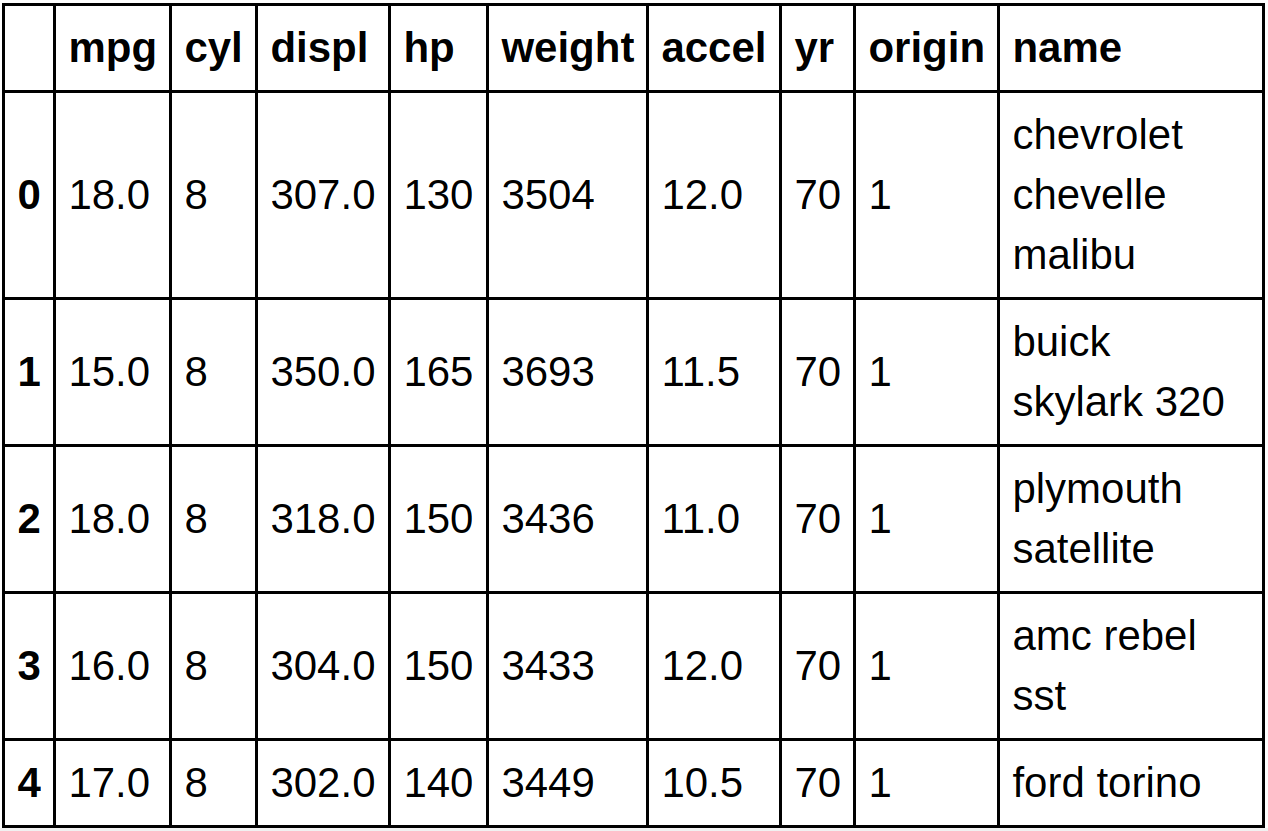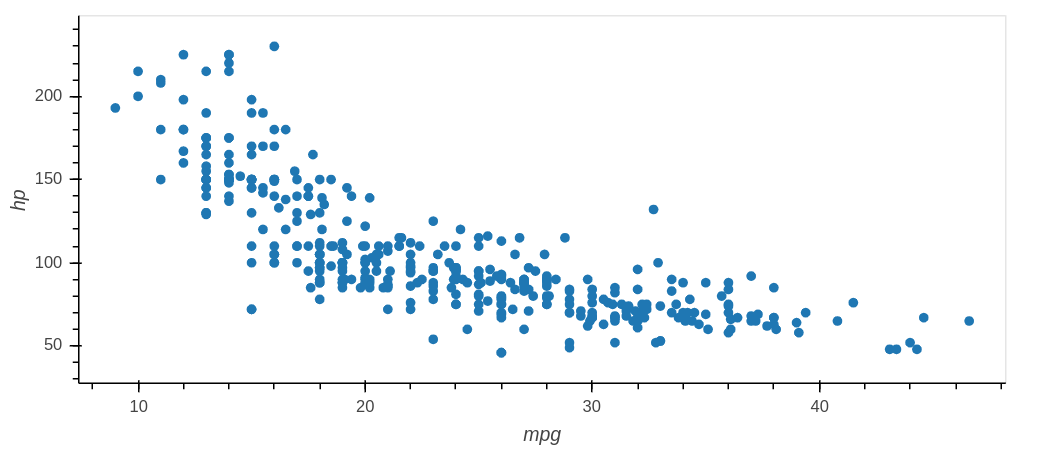Working Across Panel and ipywidgets Ecosystems
Published December 18, 2020
Pamela Wadhwa
This post is adapted from a notebook designed to help you learn how to make apps in Panel in about 15 minutes. Screenshots of cell outputs are included for convenience below, but it is strongly recommended that you use the interactive Binder version (takes 1-2 minutes to load) or clone the repo to run the demo locally.
Panel is a open-source Python library that makes it easy to build interactive web apps and dashboards with flexible user-defined widgets. The Panel library makes a broad range of widgets available. However, did you know that you can also use widgets from the ipywidgets library with Panel seamlessly?
What Are Widgets?
For our purposes, a widget is a component of a graphical user interface (GUI) that enables easy interaction with the application (e.g., a drop-down menu for selecting from a set of items or a slider for specifying a numeric value). Until recently, GUI authors had to choose between strictly using Panel or strictly using ipywidgets because each ecosystem had distinct widget patterns; fortunately, that is no longer the case. The union of these ecosystems opens up enormous possibilities for designing flexible GUIs (both in notebooks and in web applications).
Panel and ipywidgets Demonstration
We'll show you an example in this notebook that uses widgets from ipywidgets
within a Panel app. We are going to modify an
example Panel app for exploring the
autompg dataset included with the Bokeh package by switching
out the Panel.ColorPicker widget with the ipywidgets.ColorPicker widget.
Just for fun, we'll also add in widgets from ipywidgets to change the size and
shape of the markers in a scatter plot.
autompg is a pandas DataFrame, so we can sample a few leading rows to see
what the columns are:

Widgets With Panel and hvPlot
The hvplot accessor enables simple ways to produce plots from the autompg
dataframe. For instance, we can make a scatter plot using the mpg and hp
features. We'll use the resulting plot as a template to develop a GUI for
exploring the autompg dataset.

First, let's define a few Panel widgets to manipulate the preceding plot. The
Select widgets x_col and y_col are drop-down menus to select numerical
columns from the autompg dataframe for the horizontal and vertical axes of a
scatter plot.
{'options': ['mpg', 'cyl', 'displ', 'hp', 'weight', 'accel', 'yr']}
Widgets With ipywidgets
Next, let's define some widgets drawn from the ipywidgets library.
The first one, color, is used to choose the color of markers in the scatter
plot.
Next, the object size is instantiated as an ipywidgets.IntSlider, for
adjusting the marker size in the scatter plot.
We can also create an object marker using ipywidgets.Dropdown to provide
options for choosing different marker symbols in the scatter plot.
Linking Interactions in Each Ecosystem
We can now connect all the widget objects instantiated so far. In particular,
the decorated function autompg_plot combines the Panel Select objects
x_col and y_col together with the ipywidgets objects color, size, and
marker to construct an explicit call to autompg.hvplot.scatter.
For context, the Panel.depends decorator wrapping autompg_plot produces a
function that is revaluated whenever any of the specified widget objects
(x_col, y_col, color, size, and marker) are changed by the user. As
such, the resulting scatter plot is updated too.
Finally, we can create a useful Panel app layout for the application. With the
objects Panel.Row and Panel.Column nested as below, we will have a single
row composed of a column of widgets on the left and the associated scatter plot
on the right. More specifically, from top to bottom, the left-hand column has
Markdown text at the top, two drop-down menus beneath, then a color picker, a
slider, and finally another drop-down menu at the bottom. Notice again that the
Panel application combines widgets from both the ipywidgets and the Panel
ecosystems.

Conclusion
When building a Panel app or dashboard, embedding widgets from ipywidgets is just as simple as using Panel widgets only! This greatly broadens the number of widgets and different styling options available.


